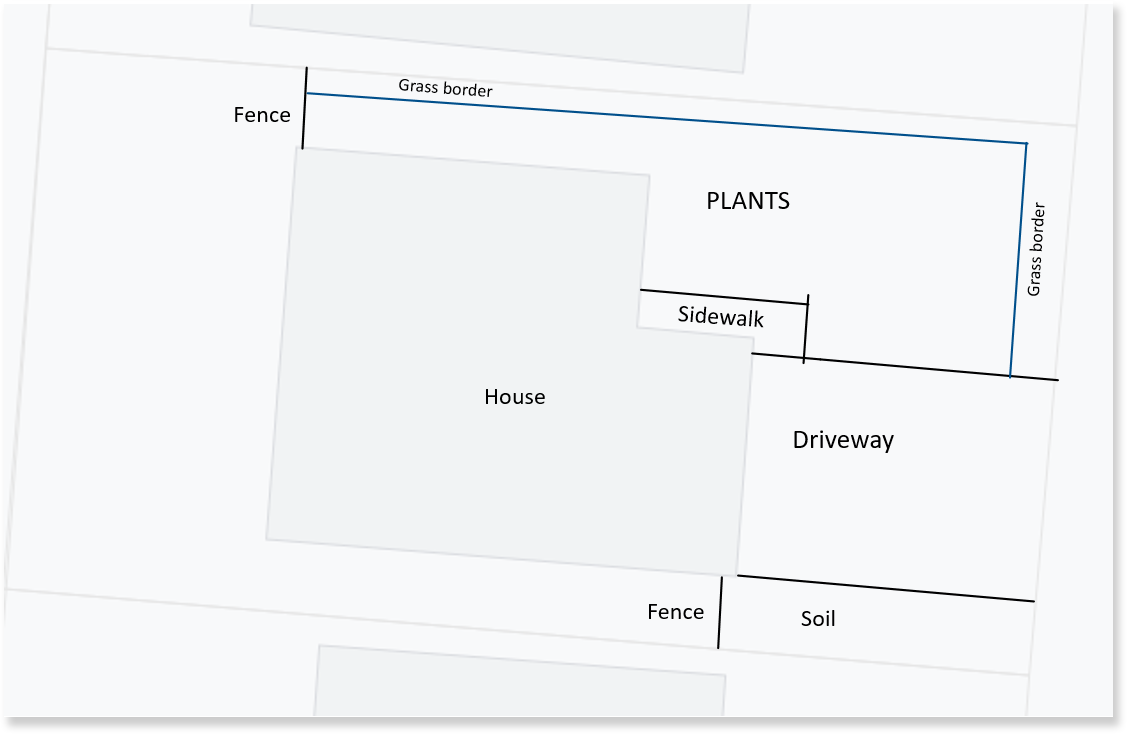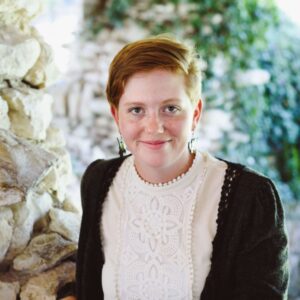First tip: native plants are the non-gardener’s dream come true.
Have you ever tried to grow plants, but constantly kill them? Or maybe you love the idea of plants, but are fully aware you don’t have the time or attention span to do it properly? I’m not going to lie, I’ve done some abominable things to plants. I’ve hacked, sawed, and ripped plants back and out of the ground. I certainly never watered them.
Lucky for me, there are native plants. They survive and thrive with only natural rainfall, and endure prairie fires, wildlife grazing, floods, and other acts of destruction. Best of all, they require minimal maintenance and provide massive benefits to wildlife.
This article is the first in a series to show you how you can transform your landscape from nada to natives — and it won’t take much effort at all after it’s established.
The first step with any project is planning. A map is a good place to start. If you don’t have one you can also use an ariel view in google maps using the ‘measure distance’ feature to estimate how much space you’re working with. This takes about 15 minutes.

Next comes the design. For me, that’s the frustrating part so I ignored everyone’s advice and decided to do my entire 1,600 square foot yard at once. Those wiser than I will keep it simple and start with a 200-square-foot garden bed up against the house. You can also peruse our plan and design resources for inspiration. There’s even pre-planned designs you can completely copy.
The last step is to determine where to put your plants. In my case, I sketched in an area for plants. But you can fill in your design entirely — you do you!


